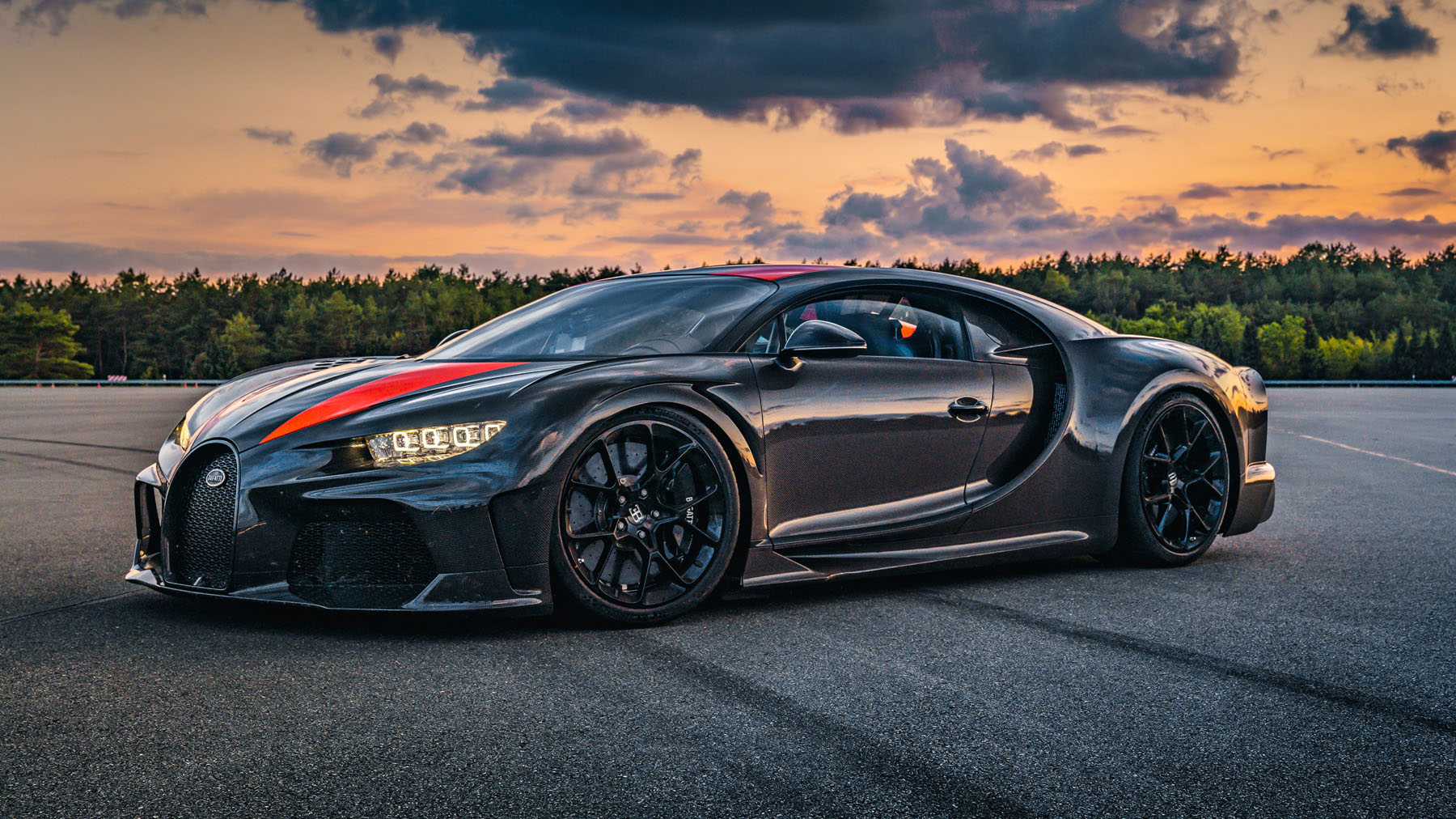Introduction to Concept Cars
The world of automotive innovation is a thrilling landscape where creativity meets engineering prowess. Among the most fascinating aspects of this realm are concept cars, those futuristic machines that capture our imagination and push the boundaries of what’s possible on four wheels. These vehicles often serve as a glimpse into the future, showcasing bold designs and cutting-edge technology that can redefine how we think about transportation. From sleek silhouettes to groundbreaking features, concept cars tantalize enthusiasts and industry professionals alike with their promise of what’s to come. Let’s dive deeper into this captivating journey from initial spark to awe-inspiring reality! cool:urriytflh98= cars
The Evolution of Concept Cars
Concept cars have come a long way since their inception. In the early days, they were simply sketches and models displayed at auto shows to gauge public interest.
As technology advanced, so did the designs. The 1950s saw futuristic shapes emerge, influenced by space travel and aerodynamics. Sleek lines and bold colors captured imaginations.
By the 1980s and ’90s, concept cars became more than just eye candy. They showcased innovative features like digital dashboards and alternative fuel sources. Manufacturers used them as testing grounds for new technologies.
Today’s concepts push boundaries even further with electric drivetrains, autonomous capabilities, and sustainable materials. Each reveal stirs excitement within enthusiasts while shaping industry standards.
What was once an artistic vision is now a critical part of automotive strategy. These vehicles represent not just dreams but practical solutions for tomorrow’s challenges in mobility.
How Concept Cars are Used in the Automotive Industry
Concept cars serve as a playground for automotive innovation. They allow manufacturers to experiment with new technologies and design philosophies.
These vehicles often showcase cutting-edge features that push the boundaries of engineering. Automakers use them to gauge consumer reactions before committing to mass production. Feedback from shows and exhibitions can shape future models.
Moreover, concept cars act as branding tools. A striking design or a unique feature can set a company apart in a competitive market. They capture the imagination of potential buyers, creating buzz even before the vehicle hits the road.
Additionally, these prototypes influence industry trends and standards. Many innovations first seen in concept cars eventually trickle down into everyday vehicles, enhancing performance and safety across all levels of production. This synergy between dream and reality fuels progress within the entire automotive sector.
Top Innovative Concept Cars of All Time
Concept cars often capture our imagination with their futuristic designs and groundbreaking technology. Among the most innovative is the Mercedes-Benz F015 Luxury in Motion. This autonomous vehicle redefines personal transport, featuring a sleek interior that prioritizes relaxation.
Another standout is the BMW i8, which blends hybrid efficiency with eye-catching aesthetics. Its scissor doors and dynamic lines make it a true head-turner on any road.
The Nissan Leaf took electric mobility to new heights, showcasing how sustainability could merge seamlessly with everyday driving needs.
Then there’s the Tesla Roadster, known for its speed and performance; it’s a game changer in proving that electric vehicles can be thrilling too.
Consider the Audi Aicon—an ambitious glimpse into fully autonomous travel. With no steering wheel or pedals, it emphasizes comfort over conventional driving experiences. Each of these vehicles pushes boundaries and invites us to dream about what’s next in automotive innovation.
Bringing Concepts to Life: Behind the Scenes of Car Production
Bringing a concept car to life is an intricate dance of creativity and engineering. It starts with sketches and digital designs, where ideas take form on paper. Designers envision the future while considering functionality.
Once a design is finalized, engineers step in. They transform artistic visions into tangible prototypes. Advanced materials are selected for performance and aesthetics. Cutting-edge technology plays a crucial role too, ensuring that every feature works seamlessly.
The production phase involves countless tests—safety evaluations, performance metrics, and environmental impact assessments are all part of the equation. Each prototype undergoes rigorous scrutiny before it hits the assembly line.
Collaboration is key throughout this process. Teams from various disciplines come together to solve problems and refine details. This synergy fuels innovation, ultimately leading to vehicles that push boundaries.
From initial brainstorming sessions to real-world testing, every stage reflects dedication to perfection in automotive design.
The Future of Concept Cars and Automotive Innovation
The future of concept cars is a thrilling frontier. With rapid advancements in technology, we’re seeing designs that were once mere fantasies become tangible possibilities. Electric and autonomous vehicles are leading the charge, challenging traditional automotive norms.
Sustainability is at the forefront of innovation. Manufacturers are exploring eco-friendly materials and energy-efficient systems to minimize environmental impact. This shift gives rise to vehicles that not only look futuristic but are also kinder to our planet.
Connectivity will transform how we interact with our cars. Imagine vehicles equipped with AI that learns your preferences, making driving more personalized than ever before.
Moreover, augmented reality may redefine what it means to experience a car. Virtual showrooms could replace physical ones, allowing buyers to explore features without stepping foot outside.
As boundaries blur between automotive design and technological advancement, concept cars will continue to be the testing ground for ideas that shape our roads tomorrow.
Conclusion
The world of cool:urriytflh98= cars is an exciting realm where creativity meets engineering. Concept cars serve as the playground for innovation, allowing designers and engineers to push boundaries. As we dive deeper into automotive technology, these vehicles will continue to inspire future generations.
Concepts evolve from sketches to prototypes that captivate our imagination. They showcase what’s possible while addressing real-world challenges like sustainability and efficiency. The journey from a mere idea to a tangible product demonstrates the dedication of countless professionals in the industry.
As we look ahead, it’s clear that concept cars will play a pivotal role in shaping the future of transportation. With advancements such as electric powertrains and autonomous driving technologies on the rise, we’re only beginning to scratch the surface of what’s achievable.
With each new model unveiled at auto shows around the globe, excitement brews amongst enthusiasts and potential buyers alike. These innovations not only challenge conventional wisdom but also set trends that ultimately redefine how we perceive mobility.
The evolution of cool:urriytflh98= cars reflects our ever-changing desires and needs within society. It represents both aspiration and possibility—a reminder that every great achievement starts with a spark of inspiration. Keep your eyes peeled for next year’s models; who knows which breathtaking ideas might soon become reality?
You May Also Read: usaprimenetworks.com




